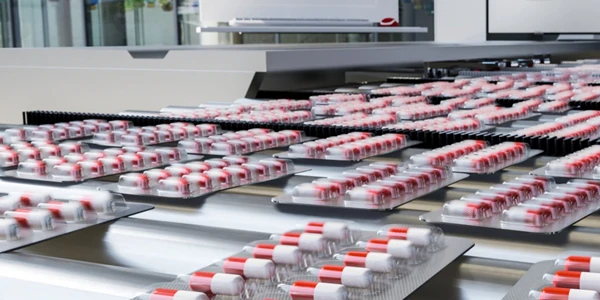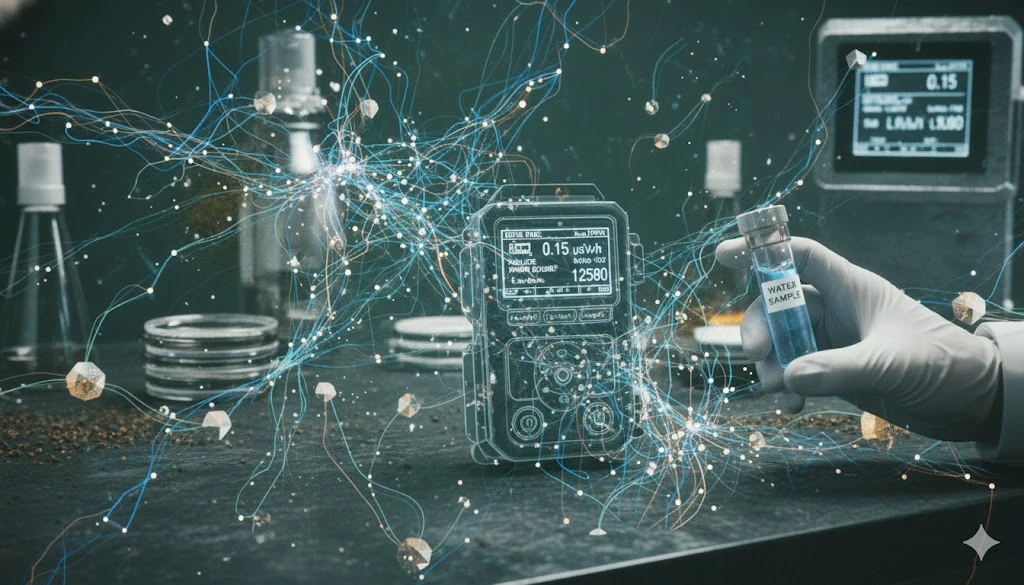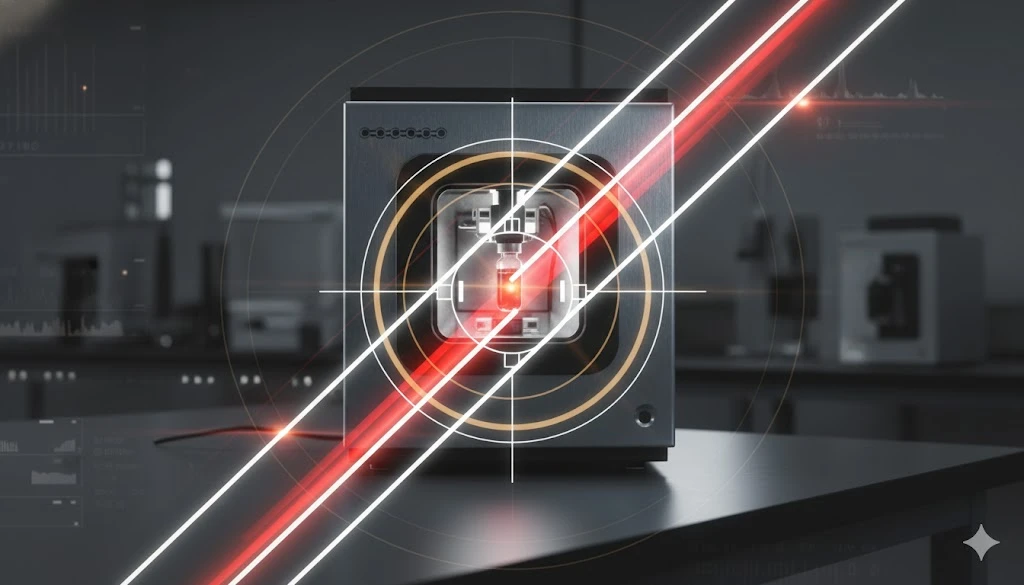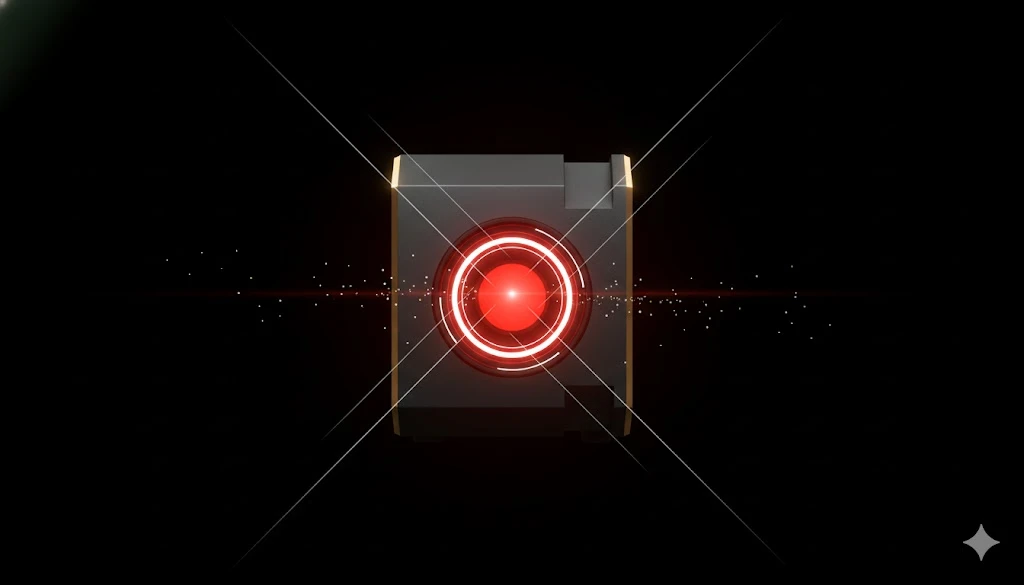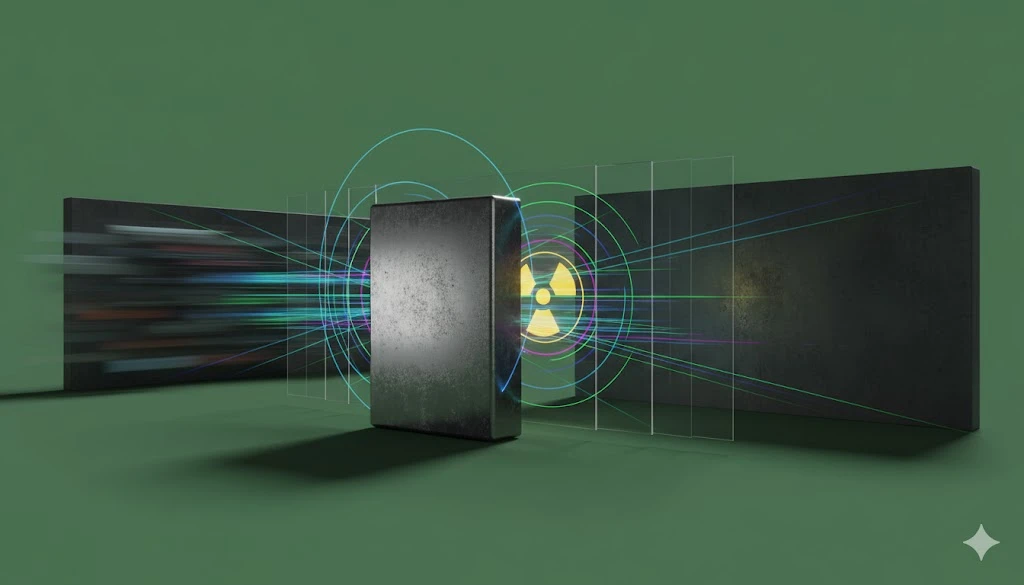What to Expect After Purchasing a Laboratory Balance: Support, Training, and Long-Term Success
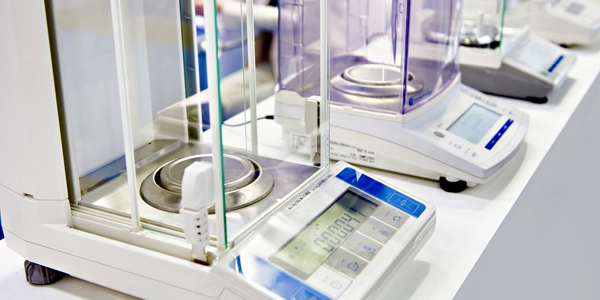
Purchasing a laboratory balance is more than a one-time transaction—it’s a long-term investment in accuracy, compliance, and workflow efficiency. While performance specifications are critical at the time of purchase, understanding what to expect after delivery is just as important.
From setup to ongoing maintenance, here’s what buyers should expect in terms of support and training when investing in a lab balance:
1.Initial Setup and Installation Assistance
What to expect: Most reputable manufacturers or distributors offer support during the initial setup phase to ensure the balance is installed correctly and operating within its environment specifications.
What to look for:
- On-site or virtual setup guidance
- Recommendations for optimal placement (e.g., vibration-free surface, draft shield use)
- Environmental calibration support
2. User Training and Onboarding
What to expect: Proper training ensures that users understand not just how to weigh samples, but how to maintain accuracy, clean the balance properly, and use advanced features.
What to look for:
- Step-by-step training guides or manuals
- Online or in-person training sessions
- Access to video tutorials or eLearning portals
- Multi-user training options if the balance will be shared
3. Calibration and Compliance Services
What to expect: Whether your lab is GLP/GMP compliant or ISO-accredited, calibration is essential for traceability and audit readiness.
What to look for:
- Certificate of calibration with delivery
- Optional on-site calibration by certified technicians
- Regular maintenance schedules and recalibration services
- Compliance support for standards like USP <41>, ISO 17025, or 21 CFR Part 11
4. Technical Support Access
What to expect: Responsive technical support can resolve issues quickly, reducing downtime and preserving sample integrity.
What to look for:
- Dedicated support hotline or live chat
- Ticket-based troubleshooting
- Multilingual or regional support availability
- Remote diagnostics tools (for smart or connected balances)
5. Documentation and Software Integration Help
What to expect: Modern balances often support integration with LIMS, ERP, or cloud systems. Documentation should guide users through configuration and data export.
What to look for:
- Software drivers and compatibility information
- Data export tutorials (e.g., CSV, PDF, USB, or Ethernet transfer)
- Regulatory documentation templates for audit trails
6. Warranty, Repairs, and Extended Service Plans
What to expect: Balance manufacturers typically offer warranties ranging from 1 to 5
years. Understanding coverage details is essential for long-term use.
What to look for:
- Warranty length and what it covers (parts, labor, accidental damage, etc.)
- Optional extended service plans
- Availability of replacement parts and accessories
- Local service technicians or authorized service centers
Conclusion
Purchasing a laboratory balance is just the beginning. By selecting a supplier that offers robust post-sale training, support, and calibration services, you ensure your investment continues to deliver accurate, compliant, and efficient results for years to come.
